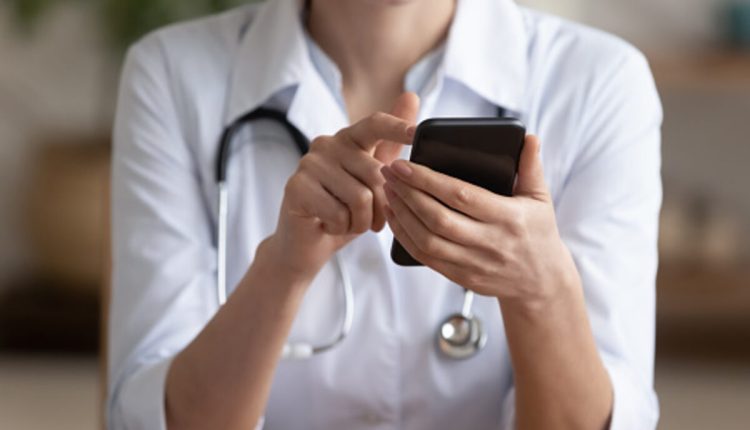The Benefits of Remote Patient Monitoring for Healthcare Providers
Remote Patient Monitoring (RPM) is a healthcare technology that effectively monitors patients’ health. It also helps to improve patient satisfaction and reduce hospitalizations, among other benefits. Remote Patient Monitoring programs are becoming more popular in healthcare organizations nationwide. However, many healthcare providers still need help with how to bill for these services.
Increased Patient Engagement
Remote patient monitoring billing is a telehealth service that allows patients to collect health data at home and transmit it directly to their provider for monitoring, assessment, and management. It can benefit chronic conditions requiring frequent monitoring, sometimes even continuous monitoring and control, reducing the need for in-person visits and improving patient outcomes. In addition to providing patients with more convenience and flexibility, remote patient monitoring can increase patient engagement and adherence to treatment plans. Using real-time alerts, patients can know if they are reaching a critical point and take action accordingly. Moreover, RPM can be used for patients with mobility issues in rural areas and those in emergency care. During the COVID-19 pandemic, RPM helped providers monitor patients without coming into contact with them, mitigating the spread of the virus and preserving critical hospital space for severe cases. It is a safe, cost-effective way for healthcare organizations to provide remote monitoring services.
Reduced Hospitalizations
Reduced hospitalizations are essential benefits that healthcare providers can achieve through remote patient monitoring billing. This is because it enables them to take action and avoid unnecessary trips to the emergency room. Chronic conditions such as diabetes and hypertension account for over $3 trillion in annual costs, but many can be better managed through closer monitoring and continuous management. A remote patient monitoring platform offers patients near real-time access to their vital health data. This helps them to catch out-of-range values and to adjust their treatment plans and medication accordingly. RPM has also been shown to prevent hospital readmissions in several chronic conditions, including congestive heart failure and diabetes. In addition, it can help reduce recurring healthcare costs for these patients.
Increased Revenue
Remote patient monitoring billing is an excellent way for healthcare providers to increase revenue. It allows them to bill for remote patient interactions, like text messages, while reducing patient no-shows and enhancing work productivity. Remote Patient Monitoring has been shown to save healthcare providers time, reduce costs, and improve outcomes for patients with chronic conditions. With RPM, doctors can keep tabs on patients’ health from any location and intervene if they notice any changes. As the coronavirus pandemic has shown, remote patient monitoring has been a powerful tool for delivering care to patients. In the wake of COVID-19, it has become more critical than ever to utilize this technology to increase patient engagement and ensure quality care for everyone involved.
Increased Efficiency
As healthcare costs continue to rise, many providers need help to keep up. This is because of several factors, including the increasing cost of travel, parking, childcare, and time off work. The result is a need for more revenue generation and increased staff efficiency. In addition, patient no-shows and same-day cancellations often chew valuable staff time and impact patient care.
Remote patient monitoring eliminates these issues and helps providers to gain a competitive edge. RPM programs to referring hospitals and specialists can also increase referrals and revenue. Healthcare providers can also see a significant reduction in operational costs through RPM. This is because patients no longer need to visit the care provider as often. As a result, the care provider can see reduced rates of readmission and staff hours that can be better utilized elsewhere in their practice. This is especially beneficial for chronic disease patients.
Read Also: Teenage years Hooked on Electronic Games

